With so many different types of salt, knowing how and when to use each one can be a bit daunting. There are baking salts, cooking salts and finishing salts.
There are rock salts and sea salts, and salts that have been smoked or seasoned. And, of course, there is the much revered Kosher salt.
Here, we take a look at 10 salts you're likely to encounter in recipes and at the grocery store.
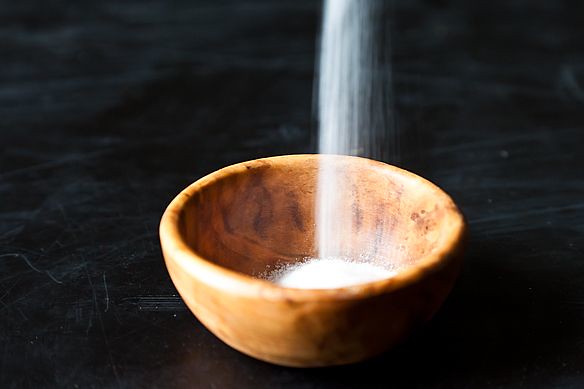
Table Salt: Refined salt mined from underground salt deposits, table salt contains more sodium chloride (97% to 99%) than sea salt. This is what you usually find in salt shakers at dining tables and at restaurants. Most table salts contain additives such as anticaking agents and iodine, an essential nutrient.
Kosher Salt: Kosher salt, which originates from either the sea or the earth, is so named for its use in the preparation of meat according to Jewish dietary guidelines. However, not all Kosher salt is certified Kosher. Kosher salt dissolves easily and quickly, making it a good all-purpose salt. Popular brands include Morton and Diamond Crystal.
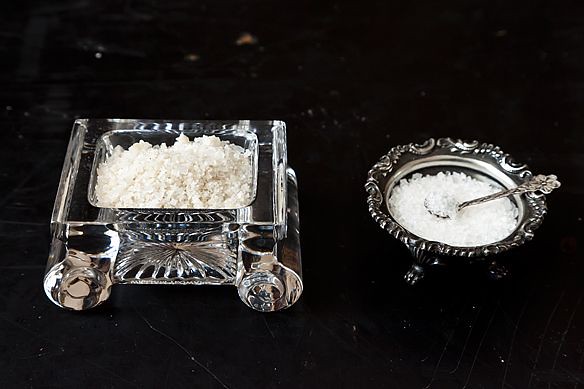
Sel Gris: Harvested from salt evaporation ponds, sel gris -- "grey salt" in French -- is also known as Celtic sea salt and is a coarse sea salt that is raked once salt crystals have sunk to the bottom of the ponds. Moist, granular, and chunky, sel gris is used as both a cooking salt and finishing salt. While it's ideal for fatty meats and roasted root vegetables, Mark Bitterman also suggests using this mineral-rich salt in baking. Try it in a rustic tart crust, for instance.
Gros Sel: Another sea salt, gros sel is made up of large-grained crystals -- hence its name in French, "large salt." Keep it in a salt grinder for freshly ground sea salt, use it to create a salt crust on meat or fish, or use it to season pasta water.
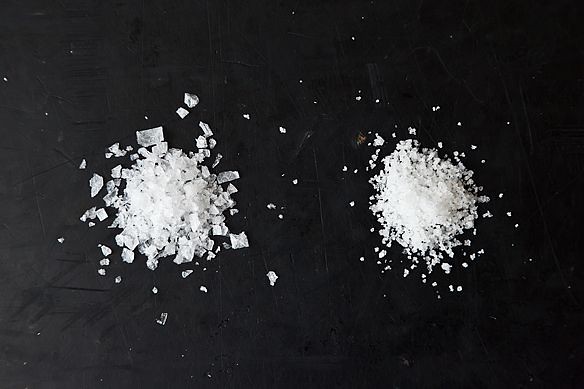
Flake Salt: Produced by boiling or evaporating brine, flake salts have varying crystal structures and lower trace mineral content than other salts, including fleur de sel and sel gris. Used as a finishing salt for fresh foods such as salads, flake salt pops, giving a pleasant crunch to every bite.
Fleur de Sel: Hand-harvested from the same salt evaporation ponds as sel gris, this sea salt is collected by scraping salt crystals from the water's surface before the crystals sink to the bottom of the evaporation ponds. Fleur de sel -- "flower of salt" in French -- is traditionally, though not exclusively, harvested in Guérande, Brittany. The delicate, irregular crystals gently dissolve, making it a great finishing salt. Try it on fish, pork and vegetables. If you can afford it, Bitterman suggests using fleur de sel as your go-to all-purpose cooking salt.
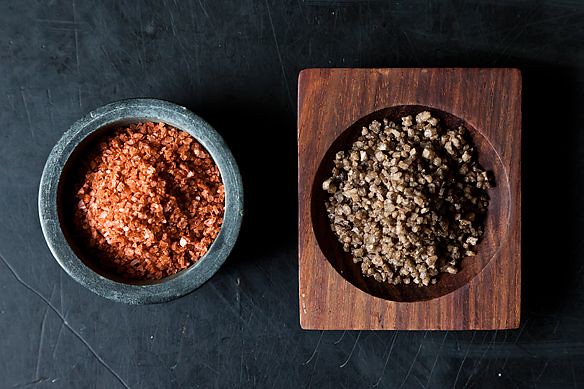
Hawaiian Sea Salt: This fine or coarse grained sea salt can be either red or black. Red Hawaiian sea salt gets its color from a natural mineral called Alaea, a volcanic baked red clay, while black Hawaiian sea salt gets its color from the addition of charcoal. Full of trace minerals, Hawaiian sea salt complements pork, seafood, ceviche and more.
Smoked Salt: This salt is slow-smoked over a wood fire to infuse the crystals with a deep, smokey flavor, making it ideal for grilled meats and heartier vegetables such as potatoes.
Seasoned Salt: Salt can be seasoned with a variety of different flavorings, including truffles, lemon, herbs and more. Truffles impart an earthiness to sea salt, making it an ideal flavoring for risottos, red meats, and egg dishes. A seasoned salt such as lemon flake salt, on the other hand, is great for cocktails or grilled vegetables.
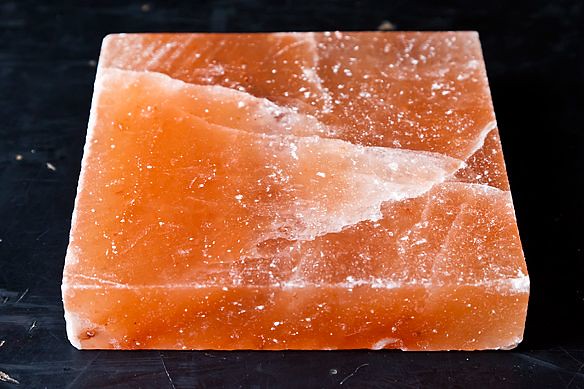
Himalayan Salt: Hand-mined from ancient sea salt deposits from the Khewra Salt Mine in Pakistan, Himalayan salt is rich in minerals and believed to be one of the purest salts available -- hence its frequent use in spa treatments. It ranges in color from pure white to shades of pink and deep red. Hand cut into slabs, Himalayan salt is frequently used as a surface for serving food. Due to their ability to hold a specific temperature for an extended period of time, these slabs can be used for anything from serving cold ice cream to cooking fish, meats, and vegetables. Himalayan salt can also be used as a cooking or finishing salt. Or use it to rim the edge of a glass for a warm-weather cocktail.
Reposted from Food 52